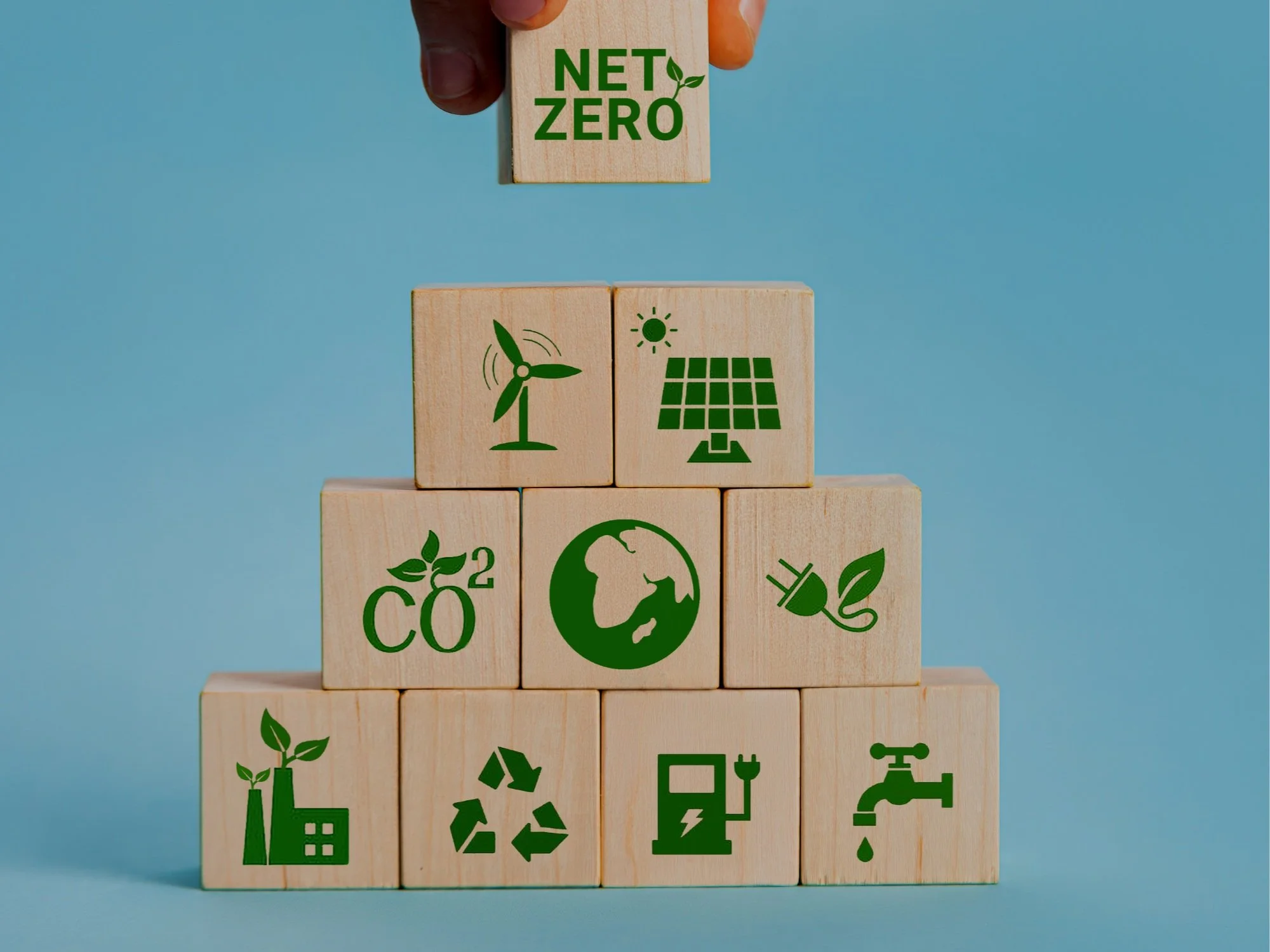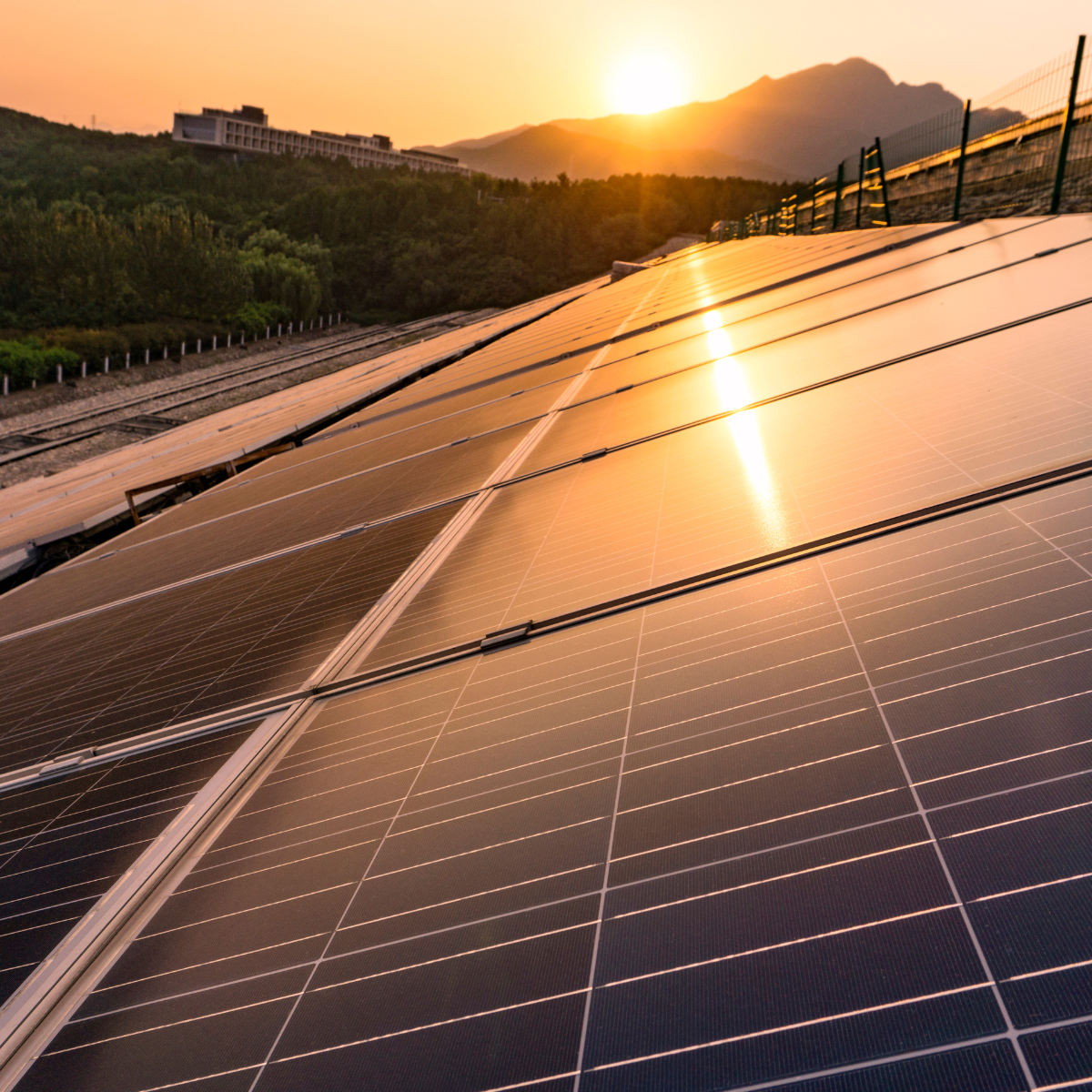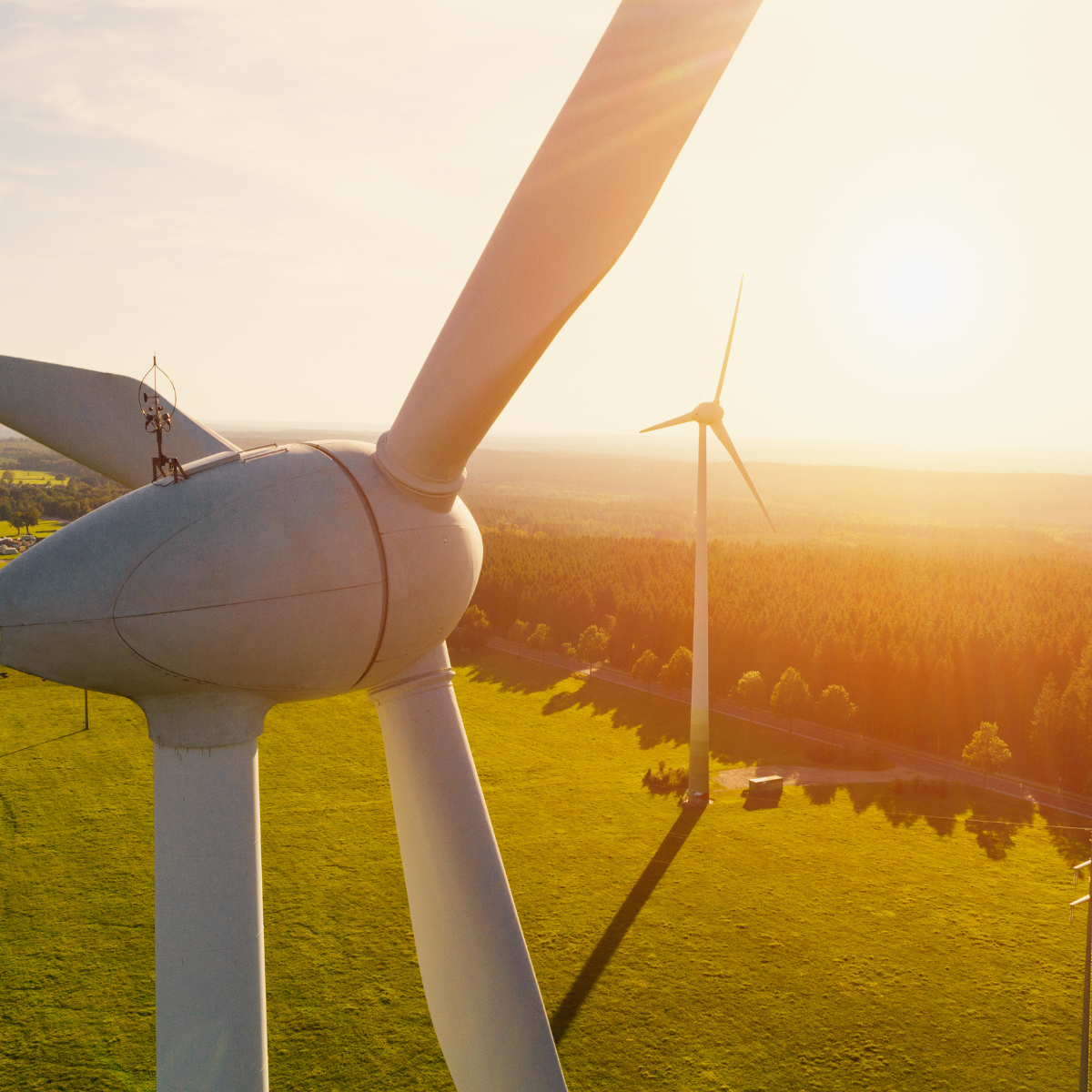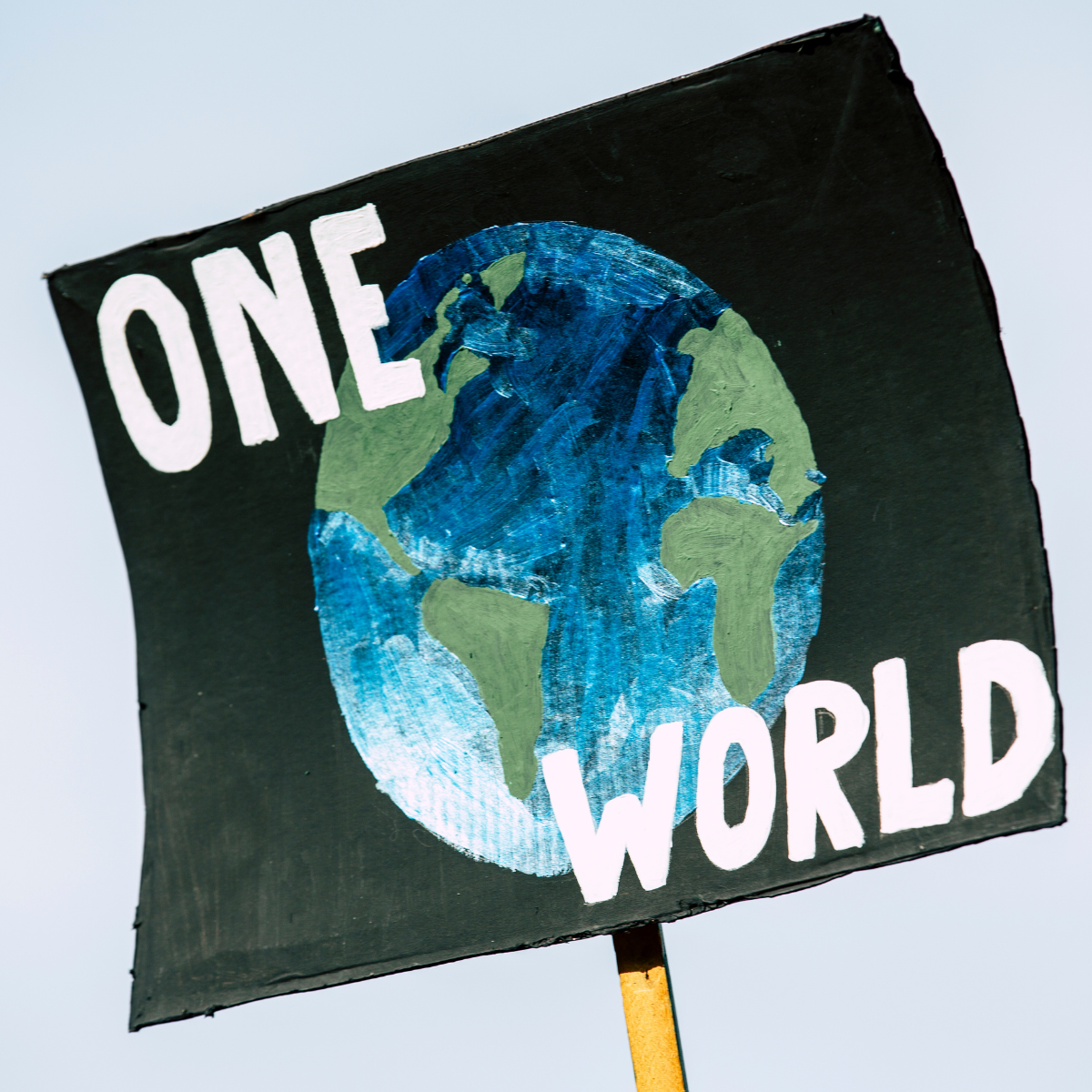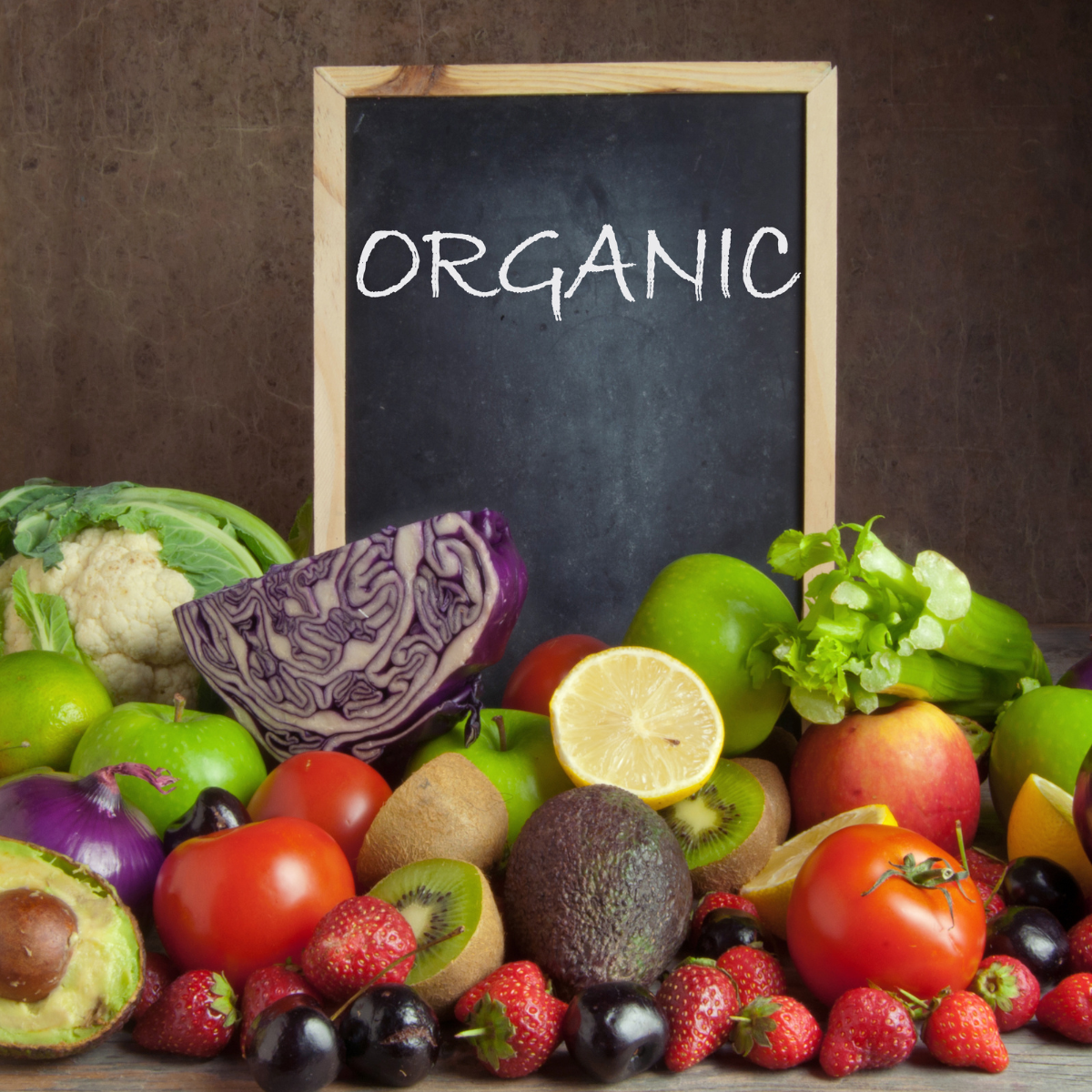Getting to Net Zero — Breaking Up with Fossil Fuels
Net zero means cutting greenhouse gas emissions to as close to zero as possible, with any remaining emissions re-absorbed from the atmosphere, by oceans and forests for instance (see our nature based solutions for reference). Transitioning to a net-zero world is one of the greatest challenges humankind has faced. It is a complete transformation of how we produce, consume, and move about. The energy sector is the source of around three-quarters of greenhouse gas emissions today and holds the key to averting the worst effects of climate change. [1]
More than 70 countries, including the biggest polluters – China, the United States, and the constituents of the European Union – have set a net-zero target, covering about 76% of global emissions. More than 3,000 businesses and financial institutions are working with the Science-Based Targets Initiative to reduce their emissions in line with climate science. And more than 1000 cities, over 1000 educational institutions, and over 400 financial institutions have joined the Race to Zero, pledging to take rigorous, immediate action to halve global emissions by 2030. [1]
Globally, we are not on track to meet net zero targets by 2040. Commitments made by governments fall short. Current national climate plans – for 193 Parties to the Paris Agreement taken together – would lead to a sizable increase of almost 11% in global greenhouse gas emissions by 2030, compared to 2010 levels. Getting to net zero requires all governments – first and foremost the biggest emitters – to significantly strengthen their Nationally Determined Contributions (NDCs) and take bold, immediate steps towards reducing emissions now. The Glasgow Climate Pact called on all countries to revisit and strengthen the 2030 targets in their NDCs by the end of 2022, but only 24 new or updated climate plans were submitted by September 2022. [1]
To address the challenge, we must all act!
People and countries responsible for the majority of emissions and with most resources must act now.
To ensure a future at or below the 1.5°C mark will require the world to cut 30 gigatonnes (about 7.6%) of greenhouse gas emissions each year by 2030. In 2020, the United Nations Environmental Programme developed the Six Solutions to the Climate Crisis to highlight the importance of collective action across multiple sectors [2] and in 2015 established Sustainable Development Goals to end poverty, reduce inequality and build more peaceful, prosperous societies by 2030 [3].
Food systems are critical to reducing emissions. In total, food production solutions can cut emissions by 6.7 Gt a year. Reducing food loss and waste while shifting towards more sustainable diets could reduce emissions by more than 2 Gt a year. Actions are required at every level: government, private sector, and the public.
The energy sector can cut greenhouse gas emissions by 12.5 gigatonnes (Gt) annually. Humanity does not need to wait for new inventions. Actions are required at every level: government, private sector, and the public.
By 2030 buildings will account for an estimated 12.6 Gt of energy-related emissions. Future development must and can adapt to fit our climate goals. Actions are required at every level: government, private sector, and the public.
Industry could reduce its emissions by 7.3 Gt yearly by embracing passive or renewable-energy-based heating and cooling systems, improving energy efficiency and addressing other pressing issues, such as excessive methane leaks. Actions are required at every level: government, private sector, and the public.
Transport is responsible for about one-quarter of all greenhouse gas emissions. The sector’s emissions are set to double by 2050. Actions are required at every level: government, private sector, and the public.
Video coming soon
Protecting Land and Water
Connected to our food systems, the world can reduce emissions by 5.3 Gt annually if it halts deforestation and restores degraded woodlands. These actions would also improve air quality, increase water supplies to cities, boost biodiversity, bolster food security and shore up rural economies. Read about nature-based solutions here.
WHAT YOU CAN DO
Join Race to Zero global campaign that is rallying support from business, cities, regions, and investors for a healthy, resilient, zero carbon recovery and stop burning fossil fuels and putting excess greenhouse gasses into the atmosphere.
Get involved with organizations, like EAC, that are working to protect the environment and advance climate solutions.
Switch to low-carbon transit. When commuting, try as much as possible to use public transit, walk, or cycle. If you are currently using a car for short trips, consider switching to low-carbon transit such as walking or biking if able. If you can afford to, take advantage of incentives and drive an electric car, use public transport, or bike or walk to work and social events. Electrifying transport can reduce overall energy demand by 15 percent.
Replace fossil-fuel appliances with electric ones when retired. If you live in your own home, consider switching any remaining cooking and heating appliances powered by fossil fuels to electric ones. Learn about the benefits of fossil fuel-free home-heating systems. For example, heat pumps are most likely the most efficient, sustainable, and cost-effective alternative to traditional home HVAC systems.
Install on-site renewable energy or a switch to a renewable utility provider. Consider installing a rooftop solar system, residential wind turbine, or use a hybrid renewable energy system to cover your building’s energy needs. You can install solar on a rooftop as long as there is an area that is not covered by shadows from trees or other buildings. You can also install a household battery to store energy when your on-site renewables are not actively producing energy.
Support local businesses. Instead of shopping at big chain retailers, you can support local and home businesses that provide similar services.
Become a local placemaker. Placemaking is an approach to strengthen the relationship between people and the places they share. Effective placemakers center community-based participation to strengthen community assets and enhance public spaces for health, happiness, and well-being.
Eat sustainably by supporting local farms, regenerative agriculture practices, and by eating seasonally.
Use renewable energy and reduce overall energy consumption to foster demand for energy-storage technologies. The worldwide demand for energy-storage systems in 2030 is set to be twenty times larger than systems that were online in 2020. By using renewable energy where possible, individuals help foster innovation in energy storage solutions.
References:
United Nations, Climate Action, www.un.org/en/climatechange/net-zero-coalitionUnited Nations, Environment Programme, Six Sector SolutionsUnited Nations, Environment Programme, Sustainable Development Goals, www.unep.org/explore-topics/sustainable-development-goalsUnited Nations, Environment Programme, World Environment Situation Room, www.wesr.unep.org/United Nations, Environment Programme, Climate Action Progress, www.unep.org/explore-topics/climate-action/what-we-do/climate-action-note/climate-action-progress.htmlRegeneration, Heat Pumps, www.regeneration.org/nexus/heat-pumpsRegeneration, Fifteen-Minute City, www.regeneration.org/nexus/fifteen-minute-cityRegeneration, Energy Storage, www.regeneration.org/nexus/energy-storageRegeneration, Electrify Everything, www.regeneration.org/nexus/electrify-everything

